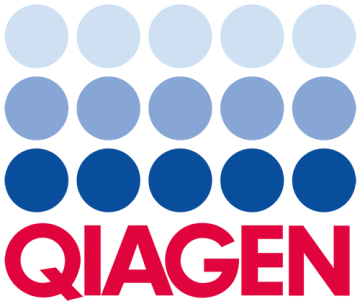Diphthamide Biosynthesis
DIPHTHAMIDE is a unique posttranslationally modified histidine residue found only in translation elongation factor 2 (eEF-2). The role of diphthamide is still not understood. Mutant mice defective in its biosynthesis are retarded in growth and development, and almost always die before birth (
Pathway Summary
DIPHTHAMIDE is a unique posttranslationally modified histidine residue found only in translation elongation factor 2 (eEF-2). The role of diphthamide is still not understood. Mutant mice defective in its biosynthesis are retarded in growth and development, and almost always die before birth (16648478),(18765564). A potential role of diphthamide may be to protect ribosomes fom ribosome-inactivating proteins (such as ricin), which are widely distributed in nature (18460012). The conversion of HIS to DIPHTHAMIDE is a complex process. It starts by the transfer of a 3-amino-3-carboxypropyl moiety from S-adenosyl-L-methionine. Four different genes of (NCBI-TAX-4932) have been shown to be required for this step. Three of these genes, DPH1, DPH2 and DPH3, are believed to form a L-histidien:S-adenosyl-L-methionine 3-amino-3-carboxypropyl transferase complex (15485916),(8406038). The fourth gene, DPH4, is similar to DnaJ-type chaperones, and is assumed to be responsible for the proper folding of one or more of the other DPH proteins (15485916). The next step, catalyzed by the DPH5 -encoded diphthine synthase, is the transfer of three methyl groups, donated by three molecules of S-adenosyl-L-methionine, to form a DIPHTINE diphtine (1508200). The last step is the amidation of DIPHTINE to DIPHTHAMIDE, catalyzed by an as-yet unidentified amidase. Diphthamide serves as the target for two important bacterial toxins - the diphtheria toxin (DT) and the Pseudomonas exotoxin A. Both toxins catalyze the transfer of ADP-ribose from NAD+ to diphthamide in eEF-2 on eEF-2, inactivating it and halting cellular protein synthesis, causing cell death (15485916). By targeting this unique modified amino acid which does not exist in bacteria, these pathogens are able to shut down the eukaryotic protein synthesis machinery without jeopardizing their own system.
